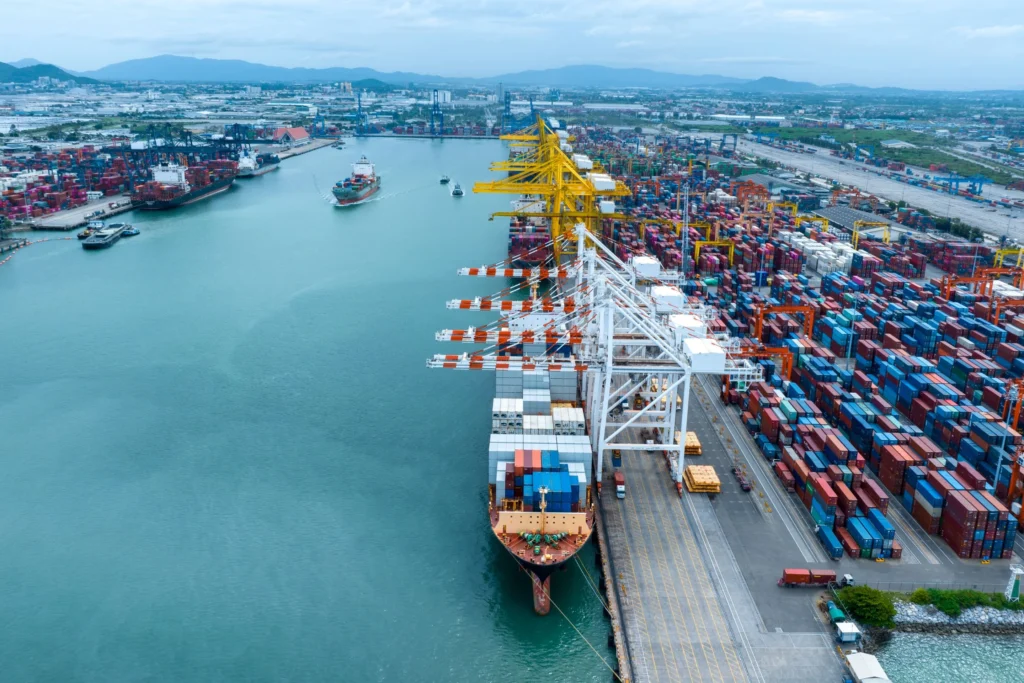INTRODUCTION FOR OPTIMIZING IMPORT COORDINATION & CLEARANCE THROUGH FREIGHT FORWARDING EXCELLENCE
This comprehensive 2-day course is designed to enhance the operational knowledge and readiness of import and logistics personnel by providing in-depth training on freight forwarding procedures in Malaysia. The course covers end-to-end processes—from understanding the forwarder’s role and essential documentation to customs clearance, stakeholder coordination, and digital systems usage. It also includes hands-on troubleshooting to prepare participants for common challenges at ports and during clearance. Attendees will gain practical skills and strategic insights to ensure timely and compliant import operations.
LEARNING OBJECTIVES
- To strengthen knowledge of freight forwarder operations in the Malaysian import context.
- To reinforce accurate documentation handling and customs basics.
- To enhance inter-stakeholder communication and regulatory coordination.
- To develop the ability to troubleshoot shipping, clearance, and port-related issues.
- To build proficiency in using customs systems such as DagangNet and uCustoms.
LEARNING OUTCOMES
- Explain the roles and responsibilities of freight forwarders in the import supply chain.
- Accurately manage key documentation such as invoices, B/L, and packing lists.
- Apply customs clearance principles, including HS Code classification, permits, and duties.
- Coordinate efficiently with external stakeholders (forwarders, suppliers, and government agencies).
- Troubleshoot common shipment issues, from delays to documentation discrepancies.
- Use DagangNet/uCustoms for tracking and managing shipment and clearance status.
WHO SHOULD ATTEND
- Import & Export Executives
- Logistics & Shipping Coordinators
- Freight & Transport Planners
- Supply Chain Operations Personnel
- Customs Compliance Staff
- Procurement Officers involved in import activities
- New staff onboarding into logistics/import roles
EVENT TAGLINE
“Navigate with Confidence: Master Freight Forwarding & Clearance Procedures in Malaysia!”
TRAINING METHODOLOGY
- Interactive lectures
- Group discussions
- Case studies
- Practical exercises
- Q&A sessions
COURSE OUTLINE
DAY 1: FUNDAMENTALS OF FREIGHT FORWARDING & DOCUMENTATION
- Module 1: Understanding Freight Forwarders in the Import Supply Chain
- Role of forwarders vs. carriers, NVOCCs, and customs brokers
- Import shipping cycle and forwarder involvement
- Forwarder selection criteria & service expectations
- Module 2: Import Documentation Workflow
- Key documents: Invoice, Packing List, B/L, AWB
- CJ5, CJ6, AP, CO, Manifest — roles and timelines
- Document matching, sequencing, and control
- Electronic vs. manual document submission
- Module 3: Timelines & Coordination with Forwarders
- Booking to delivery timeline
- Managing cut-off dates and ETAs
- Document submission deadlines and handover best practices
DAY 2: CUSTOMS CLEARANCE, PERMITS & STAKEHOLDER ENGAGEMENT
- Module 4: Introduction to Customs Clearance Essentials
- HS Code structure and practical classification examples
- Overview of duties, taxes (SST), and exemptions
- Overview of clearance methods: K1, K2, CJ5, ATA, FTA routes
- Common clearance delays and penalties
- Module 5: Import Permits & Regulatory Coordination
- Agencies: MITI, MAQIS, SIRIM, KKM, DOE – when and how to engage
- AP applications, product-specific controls
- Tips for inter-agency communication
- Monitoring permit validity and renewals
- Module 6: Communication & Coordination Techniques
- Internal coordination (procurement, finance, warehouse)
- External coordination with suppliers, forwarders, and agencies
- Dealing with time zones, holidays, and language barriers
- Proactive vs. reactive communication strategies
- Module 7: Troubleshooting & Escalation Practices
- Handling shipping delays, incorrect documents, and permit issues
- Port challenges: demurrage, detention, unmanifested cargo
- Escalation steps: when to act, whom to contact
- Module 8: Digital Platforms & Tracking Systems
- Introduction to DagangNet, uCustoms & port interfaces
- Shipment tracking, document upload, and release monitoring
- Reading system statuses and alerts
- Common system mistakes and how to fix them
FORWARDER PROCEDURES
Training Objective
To refresh the import team’s understanding of Malaysian freight forwarding procedures to ensure smooth coordination with forwarders, timely customs clearance, and full compliance with regulations.
Key Focus Areas
- Freight Forwarder Role
Understand what forwarders do and how they fit into the import process.
- Document Handling
Know the key documents (invoice, BL, packing list) and timelines for submission.
- Customs Clearance Basics
Cover HS codes, duties, permits, and common compliance mistakes.
- Coordination with Stakeholders
Effective communication with suppliers, forwarders, and government agencies like MAQIS or MITI.
- Troubleshooting & Escalation
Learn how to handle delays, document errors, and port issues quickly.
- System Use & Tracking
Use of DagangNet/uCustoms and tracking shipment status end-to-end.


